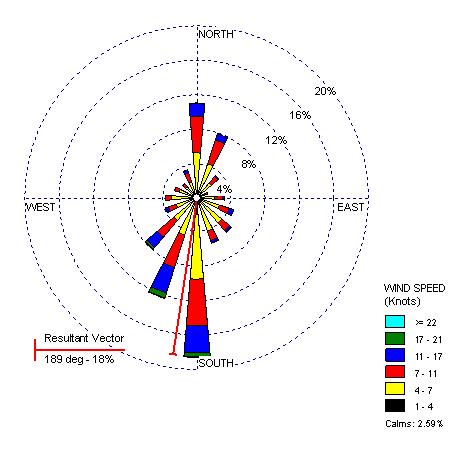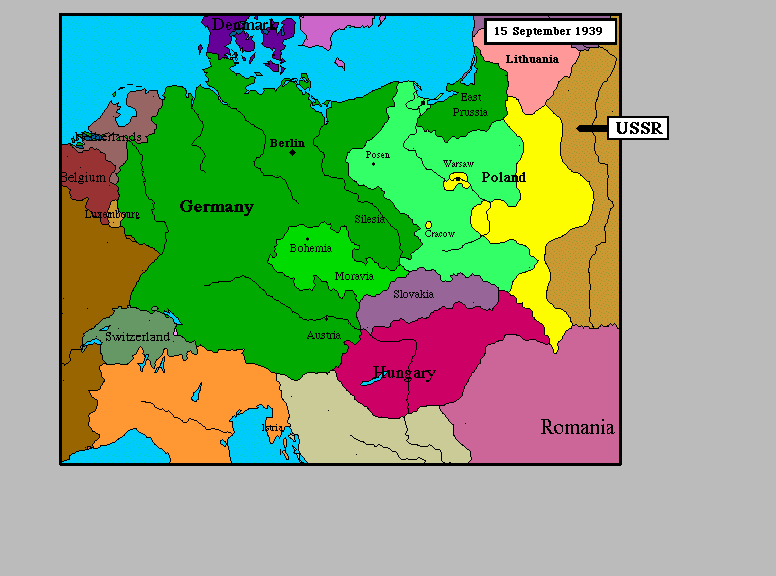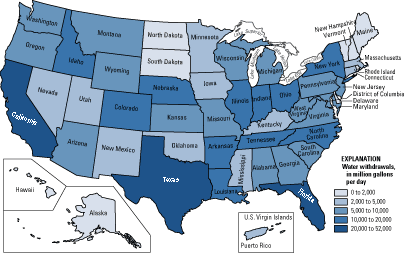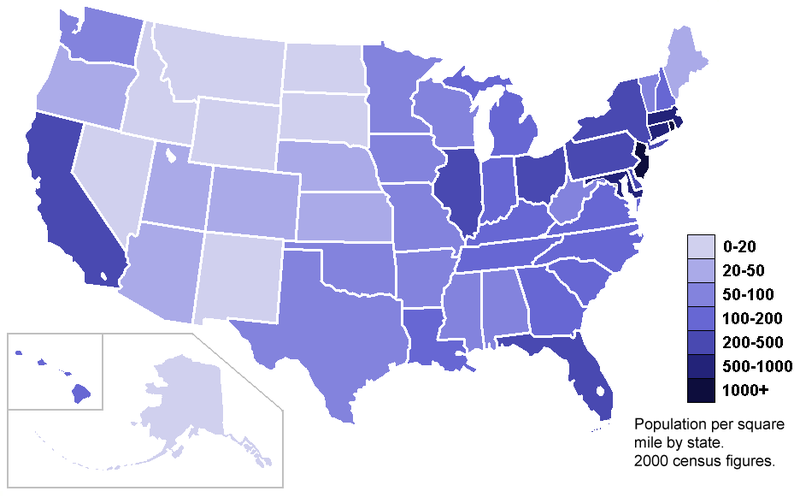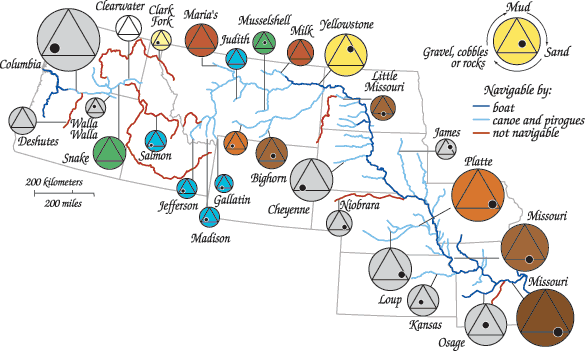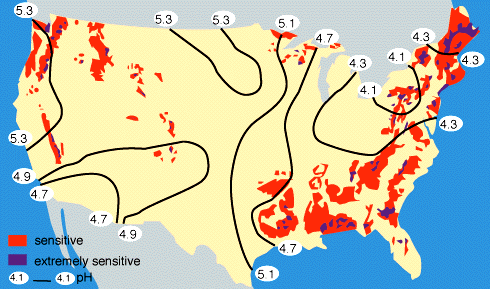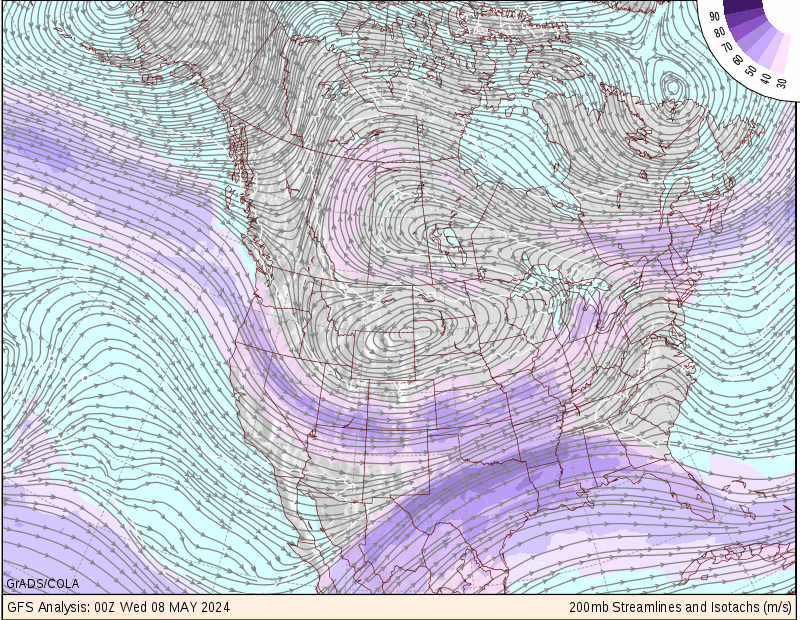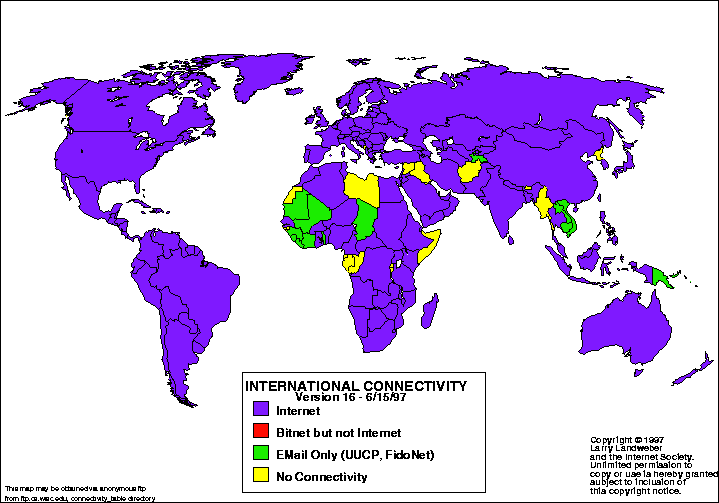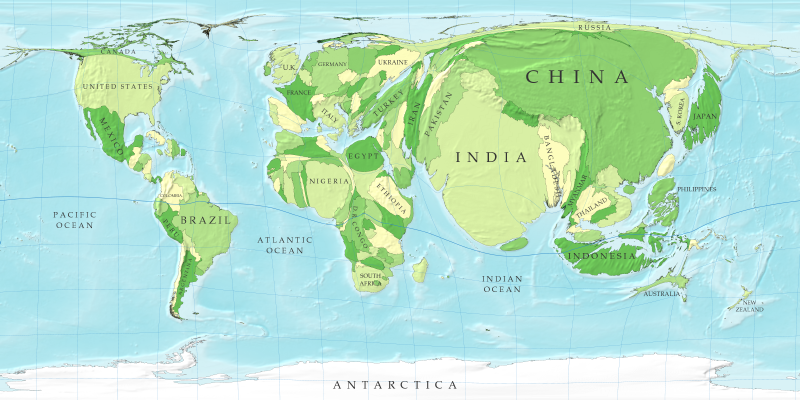
A star plot is a graphical method of displaying multivariate data with an arbitrary number of variables. Each variable is represented by a separate spoke, with each star representing a single observation. The length of each spoke is proportional to the magnitude of the variable for the data point relative to the maximum magnitude of the variable across all data points. A line is drawn connecting the data values for each spoke. This gives the plot a star-like appearance and the origin of the name of this plot.
Star plots can be used to answer such questions as: What variables are dominant for a given observation? Which observations are most similar, i.e., are there clusters of observations?
Are there any outliers?
Are there any outliers?
The star plot observed above depicts crime rates as a function of 7 separate variables of major cities across the US.
http://www.math.yorku.ca/SCS/Gallery/images/starcrim2.gif
http://www.math.yorku.ca/SCS/Gallery/images/starcrim2.gif







